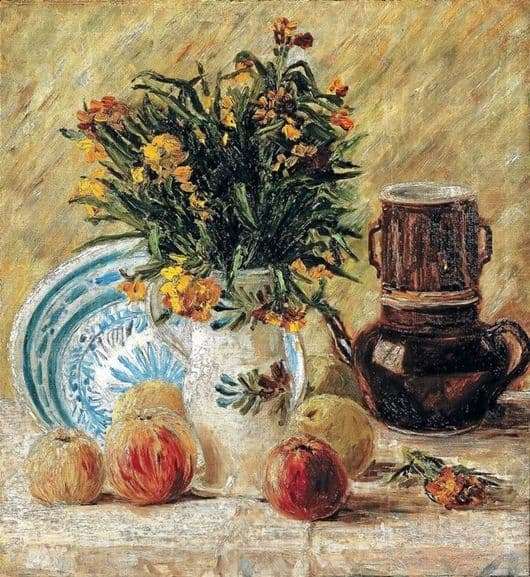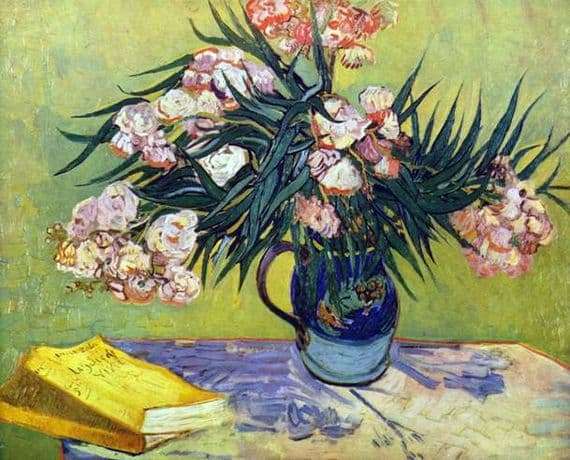
Vincent Van Gogh is the author of many masterpieces that were recognized as brilliant only after his death. This artist is a phenomenon that has opened and diluted post-impressionism. His desire for bright colors, unusual images and a predisposition for sensual heart impulses made the paintings the most famous and recognizable around the world.
“Arlesianka” less popular work, but also worthy of attention. If only because it has the title of one of the most colorful paintings of the famous artist.
Madame Zhinu agreed to pose for a portrait of Van Gogh. And her posture, thoughtfulness, aloof expression of the face, a lost look, there is something catchy, forcing to empathize with the heroine. The whole image of a woman is supposedly saturated with sadness and longing. It was noted that Madame Zhinu really suffered from some periods of melancholy.
The defiantly bright yellow background symbolizes how the world is full and beautiful, and the face of the lady seems more darkened, gray, dim, in turn indicating the inner state of a person. Here Van Gogh very skillfully composed the psychological background, reflecting this in the portrait. He managed to see Madame Zhinu noble, calm and perhaps a bit detached.
It is impossible not to pay attention to how strongly the outlines of objects are strengthened – this is another feature of the work. This detail even more structures and emphasizes the image of the Arlesianne. And in some way, the author himself conveys his inner world through the portrait of the person he writes. He enhances the character and mood of the portrait with his outlook on things: somewhere exaggerating, and somewhere underestimating emotions. Speaking about the sensual and vulnerable nature of Vincent Van Gogh, you can rather lean towards the first option.
Description of the painting by Vincent Van Gogh “Arlesianka”







